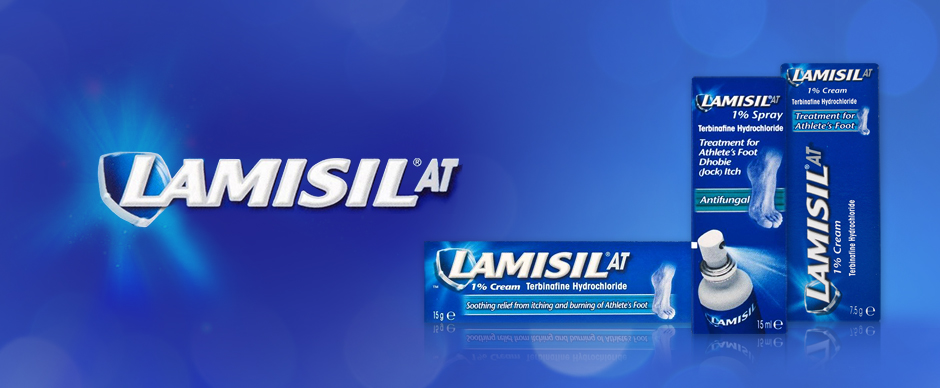
Athletes foot & What Causes It
Is it athlete’s foot?
Having itchy, crackling, dry feet, or feet with flaky skin and small tears (fissures) can be disconcerting. It can also cause anxiety about what is going on with your body. Symptoms like the ones above, along with a few others like redness or white, soft skin between your toes, signal that you might have athlete’s foot, or tinea pedis, a common but treatable condition affecting one in five people.
What to do now?
Before you do anything else, take a deep breath and relax. Even though the symptoms of athlete’s foot should not be ignored, you can usually treat your infection with the right medication.
And remember that you are not alone: athlete’s foot is a common fungal infection that affects about 1/5 of all people at some point in their lives.
What causes athlete's foot in the skin?
A fungus: The main cause of athletes foot is a type of fungus called dermatophytes. If you come in contact with the fungus, and if the surface of your skin provides ideal conditions for growth, the fungus attaches itself and begins to spread – typically in the skin between your toes. As a reaction, your skin might become red or itchy, or you might have other symptoms. This signals to you that something is wrong and you need to seek treatment.
Where it grows
A moist environment alone does not cause athlete’s foot – but warm moist conditions provide favourable conditions for the fungus to grow in. Places where athlete’s foot feels at home include public swimming pools and baths and sports clubs – as well as warm, humid parts of the world that are popular holiday destinations.
How it spreads
The fungus that causes athlete’s foot is easily transmitted. If the fungus’ spores are on a surface and you come into contact with them, you could possibly develop athlete’s foot. To minimise your risk, take good care of your feet and inform yourself about prevention.
Do I have athlete’s foot?
If you suspect you have athlete’s foot, you can treat it quickly and simply. The signs of athlete’s foot can be easily seen between the toes. The infection generally responds well to treatment with an anti-fungal agent
There are three kinds of athlete's foot:
An infection of the skin between the toes
An infection of the skin all over the foot
An infection that is chronic and less frequent, that is on the soles of your feet.
To treat all of these infections you need an antifungal agent.
Signs and symptoms
Athlete’s foot manifests itself differently from person to person. You might be infected if you have any of the following signs:
- Itchiness or burning on the soles of your feet or between your toes
- White, soggy skin in between your toes
- Flaky skin or small tears (fissures) on your feet or between your toes
- Redness and blisters on your foot’s skin
- Thick, dry, scaly soles of your feet (chronic, mocassin type)
Complications
Symptoms of athlete’s foot should not be ignored. Untreated athlete’s foot can spread to your toenails – or lead to more serious complications. Remember, if you have athlete’s foot, take care of your feet – and your overall health – by treating this condition.
If you have an illness that compromises your immune system like diabetes, you are more vulnerable and run a higher risk of a serious infection. People with diabetes or similar conditions should always see their doctor if they have symptoms of athlete’s foot.
Check out Lamisil products here at Chemist Direct!

